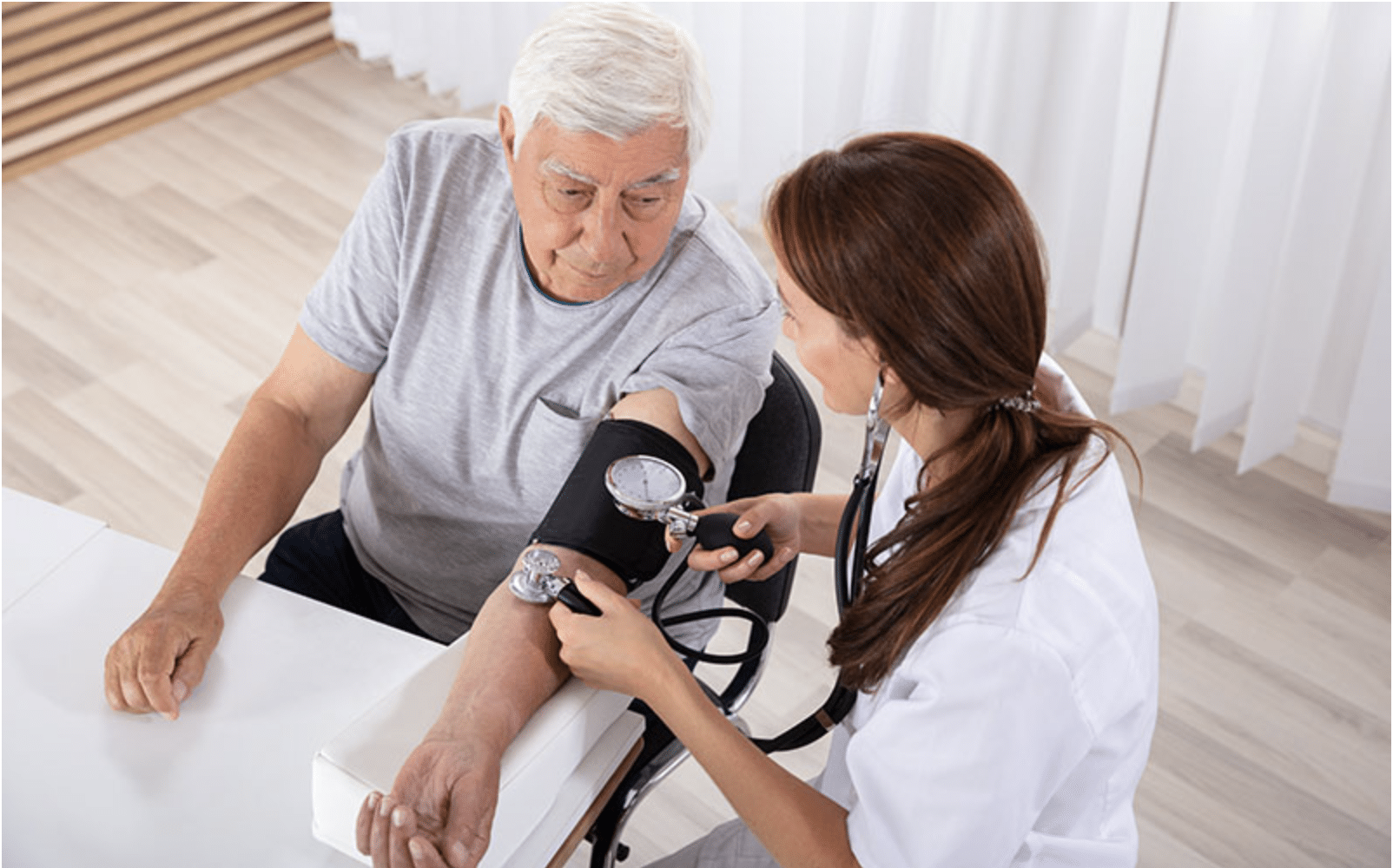Facial Tremors (Causes, Diagnosis & Treatments)
Patients with facial tremor might experience a range of severity in their symptoms, from mild shakiness to severe trembling that impacts day-to-day activities. Although tremor can affect patients of any age, facial tremor in elderly populations is more common. But what causes facial tremor in the first place? Well, there are multiple potential underlying conditions and root causes that could contribute to facial tremor.
For a comprehensive overview of facial tremor and other important related information, continue reading. You can also use the navigation links below to jump to a section that directly answers your query.
Contents
What is Facial Tremor?
A facial tremor is an involuntary shaking that occurs in parts of the face, jaw or lips. This tremor may worsen during certain types of movement or come and go erratically.
It’s important to note that the only way to get a diagnosis for facial tremor is to make an appointment with your healthcare provider. This article is for informational purposes only and is not intended to treat or diagnose any disease or disorder.

What are the Symptoms of Facial Tremor?
A facial tremor can cause shaking and trembling in different areas of the face including the chin, lips, and facial muscles.
Although a facial tremor might not be life-threatening, it can make certain activities more difficult like applying makeup, eating, or speaking. As a secondary effect, patients with facial tremor may develop anxiety or stress related to being in public with a noticeable tremor.
What Causes Facial Tremor?
Facial tremor can be caused by many underlying health conditions. Essential tremor, the most common movement disorder, is one of the causes of facial tremor. We’ll look more deeply into the topic of essential tremor and other diseases that can cause facial tremor below.
Essential tremor
Essential tremor is a common movement disorder that results in rhythmic, involuntary trembling in a person’s hands, head, trunk, voice, face, or legs. Essential tremor is most frequently found in adults 65 years of age or older. With that said, it can affect people of any age.
The symptoms of essential tremor may include (but are not limited to) the following:
- The involuntary shaking and trembling of one or multiple body parts. The tremor typically starts out gradually in the upper extremities, like a hand, before developing in another extremity.
- Tremors that worsen with activities and movement.
- Tremors brought on by emotional stress. Tremors may start off intermittently, occurring only during these emotional periods, before becoming constant.
- Uncontrollable nodding and shaking of the head.
- Involuntary trembling and shakiness in the lips, face, jaw, or voice.
- Unsteady gait (in rare cases).
Cala Trio therapy is the only medical device cleared by the FDA to treat essential tremor without the risk of surgery or pharmaceutical side effects. Find out if Cala Trio therapy is right for you.
Parkinsonian Tremor
Facial tremor can be an early sign of Parkinson’s disease, which is why it’s crucial to make an appointment with your doctor if you notice unusual shakiness in your face, head, torso, limbs, hands, or any other part of the body. Parkinson’s disease causes shaking due to the death of nerve cellsin certain areas of the brain. Patients with Parkinson’s have both reduced muscle control and reduced life expectancy.
Parkinsonian tremor most often occurs at rest, as opposed to during a specific movement.
Multiple Sclerosis
Multiple sclerosis is a disease characterized by lesions in the brain and spinal cord. Between 25% and 58% of patients with MS have tremor symptoms, usually appearing concurrently with coordination and balance issues. Tremor in patients with MS is usually mild but can be severely disabling as well. Facial tremor or eye twitches are caused by the damage caused by brain lesions.
Other causes of abnormal movements of facial muscles include blepharospasm, hemifacial spasm, chorea, tics, myoclonus, thyroid dysfunction, and more. Certain psychiatric disorders, as well as some psychiatric medications, can result in abnormal movements of the face and mouth.
Facial Tremor Diagnosis
In order to get your facial tremor properly diagnosed, it’s important to visit your doctor for evaluation. To get a diagnosis, you will likely need to undergo a series of tests and examinations. Your medical history and any risk factors will also be taken into consideration.
Potential causes for facial tremor like thyroid issues, neurological disorders, and medicines must be ruled out before arriving at a diagnosis of essential tremor (ET).
Through a mix of performance tests, neurological exams, imaging studies, and blood tests, physicians can decide whether a tremor is due to ET, Parkinson’s disease, or another cause.

How is Facial Tremor Treated?
If you’re diagnosed with essential tremor, your physician will develop an essential tremor treatment plan to reduce your symptoms.
Medication
Patients with essential tremor may be able to use pharmaceutical therapies which include blood pressure medications, anticonvulsants, benzodiazepines, and botox injections. The drawbacks of these medications include the potential for a loss of effectiveness as time goes on as well as undesirable side effects. You can read more about essential tremor medications here.
Surgery
Deep brain stimulation (DBS) is a surgical procedure that involves placing electrodes in the brain to reduce abnormal impulses that cause tremor. DBS is an invasive option that carries a risk of serious side effects.
Gamma knife radiosurgery is another procedure utilizing targeted radiation to damage brain tissue thought to be responsible for tremor. Although MR guided focused ultrasound and surgeries may provide relief, they are invasive and may cause unintended side effects.
Magnetic Resonance (MR) guided focused ultrasound is another therapy option for essential tremor. MR guided focused ultrasound creates an area of damage in the part of the brain that controls involuntary movements. It can lead to improvement in tremor but also comes with potential serious side effects.
Lifestyle Changes
If you have facial tremor due to essential tremor, you can make certain lifestyle changes that may help lessen the symptoms and shakiness. Essential tremor symptoms can be triggered by stress, hypoglycemia, fever, strong emotions, anxiety, and caffeine. It’s important to keep these triggers in mind to avoid bringing on symptoms when possible.